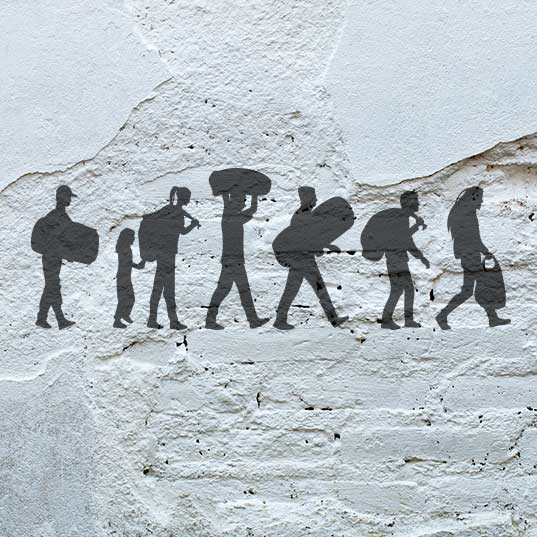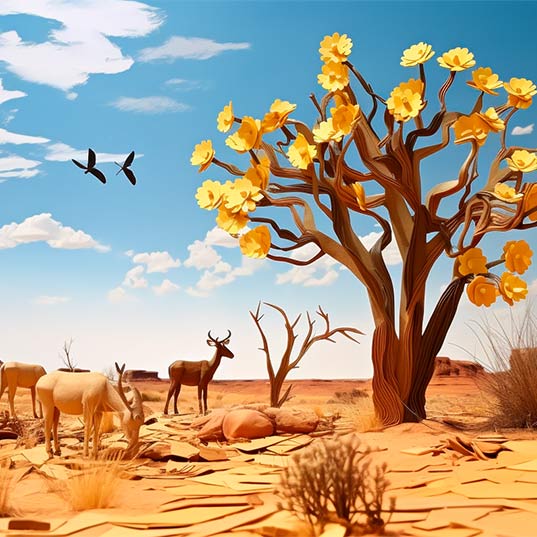Droughts are increasingly common and last longer due to climate change
Droughts worldwide are worsening due to climate change. The countries of the Horn of Africa suffer deadly famines due to water shortage.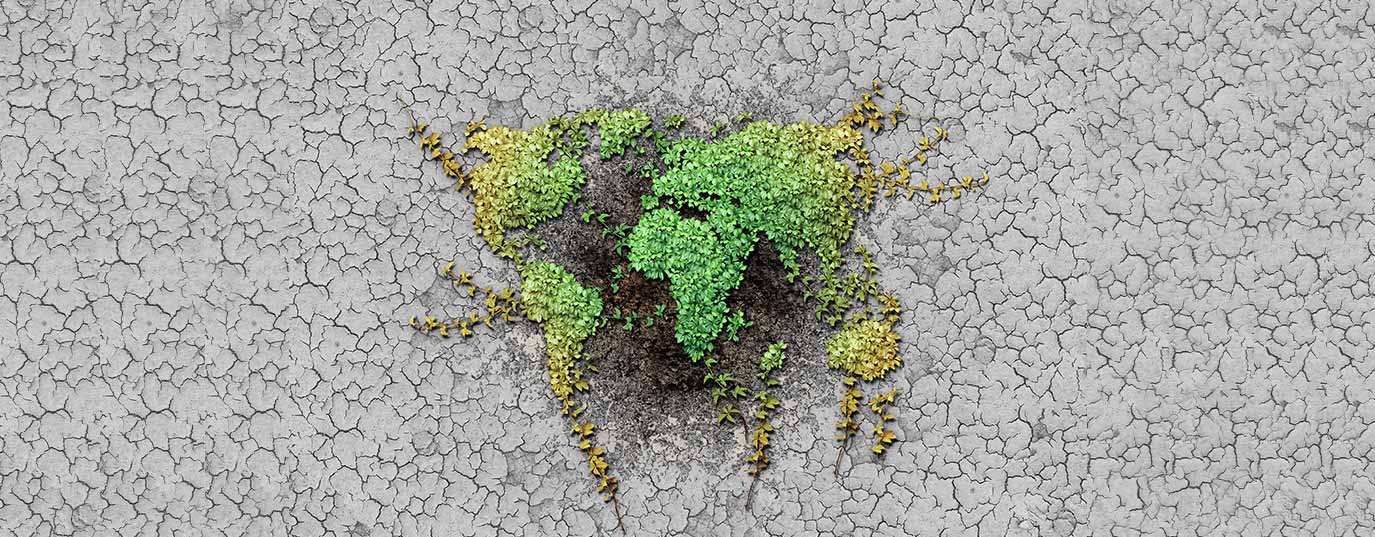
Droughts deprive us of water. But they also endanger everything necessary for life. They devastate nature, paralyze food production and oblige people to migrate in search of rescue and water. According to the experts, as the years advance, droughts will affect more regions and become more intense. If urgent measures are not taken to change this scenario, or at least mitigate its causes and consequences, the droughts provoked by climate change could become the reason for huge humanitarian catastrophes across the world.
What will I find out in this article?
- A Spring plagued by drought
- Climate change and its impact on drought
- How do we mitigate the problem of drought?
The droughts ravishing the world today
The temperature continues to rise and, with it, heatwaves and their effects. The Spring months that have just passed have left the bleakest scenes in Africa, Europe and America. Droughts are worse due to climate change and their effects are extending across the world.
Thirst and hunger, consequences of droughts in Africa
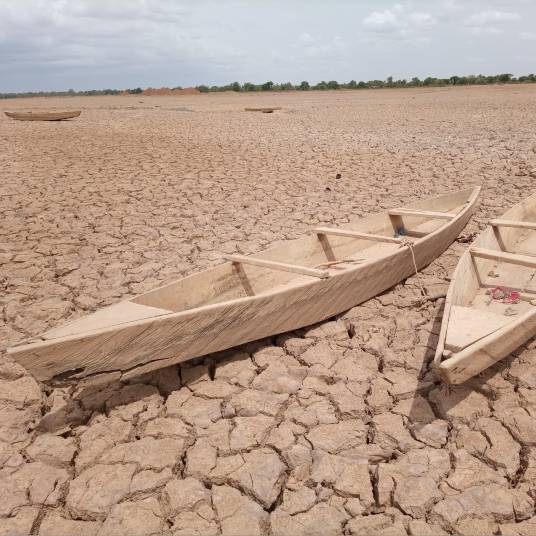 “This is the worst drought in 40 years,” said the President of Ethiopia’s Somali Region, Mustafe Mohammed Omer, in this article for the UN.
“This is the worst drought in 40 years,” said the President of Ethiopia’s Somali Region, Mustafe Mohammed Omer, in this article for the UN.
The lives of millions of Ethiopians are in danger due to a lack of rain, forcing thousands of families to move to other places looking for water and humanitarian assistance if they and their animals are to survive.
The Somali region in the Horn of Africa is one of the worst affected by recent droughts on the African continent. It’s a place where livestock is a key element for food for people and the local economy. But, without water, there’s no grass and the animals die of thirst and hunger.
A third of the three million heads of livestock have died in Ethiopia’s south and the arid and semi-arid regions of Kenya, according to a recent report by the Food and Agriculture Organization of the United Nations (FAO). Meanwhile, in Somalia, up to 30% of domestic herds have perished since mid-2021.
Up to 20 million people could starve this year in the Horn of Africa region due to the latest droughts and lack of supplies, warns the World Food Programme. As we speak, some 7.2 million Ethiopians are not eating enough and half a million Kenyans are nearing catastrophic levels of famine and malnutrition.
“Up to 20 million people could starve this year in the Horn of Africa region due to the latest droughts”
Droughts are also putting Chile at risk
Latin America is also facing serious consequences due to water shortages. Chile has experienced three consecutive years of droughts. “We are in an unprecedented situation in 491 years of the city’s history,” explained the Governor of the Santiago metropolitan region, Claudio Orrego, in this article in El Confidencial.
According to Chilean Government estimates, the access of the country’s population to potable water supply and sanitation has fallen by 10 to 37% over the past 30 years and, it forecasts, in the worst scenario, the areas of the north and center of the country could see a reduction of up to 50% by 2060.
Expecting a dry summer in the Mediterranean
The countries of the Mediterranean region are also at risk of high temperatures and drought. Summer 2021 left behind a wave of fires as a consequence of this phenomenon and the situation seems to be going from bad to worse.
Periods of drought have become longer and more intensive over the decades due to climate change. In fact, February past was the second driest month this century, according to data from the Spanish Meteorological Agency, AEMET. An alarming statistic to which should be added the warnings of the latest report by the Intergovernmental Panel on Climate Change (IPCC): the Mediterranean is getting hotter faster than the average of the planet.
Climate change and its impact on drought
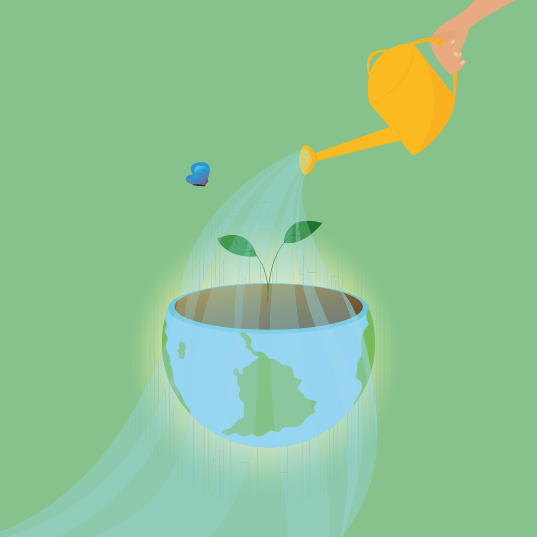 The IPCC has long warned of how global warming is related to increased extreme weather phenomena, among which the frequency and severity of droughts.
The IPCC has long warned of how global warming is related to increased extreme weather phenomena, among which the frequency and severity of droughts.
The temperature increase is responsible for the greater frequency, intensity and duration of events related to heat, especially in the Mediterranean region and southern Africa.
Scientists forecast that, if we are able to limit the temperature increase to 1.5°C, the population vulnerable to drought and its effects could still number 178 million by 2050. With current measures to reduce emissions, however, everything is pointing to the planet warming by 2°C, in which case the number of people affected would be 220 million.
“With a temperature increase to 1.5°C, the number of people vulnerable to drought and its effects could grow to 178 million by 2050”
The shortage of water supplies is already causing hunger which, with the passage of time, could become even more widespread. The most likely effect: massive migratory displacements toward the north by millions of climate refugees.
How do we mitigate the problem of drought?
The experts are clear about this: we must develop resilient measures and infrastructure that help avoid disasters before they can happen. But we also need to invest in innovation and continue to develop technologies that permit access to alternative water sources such as seawater desalination.
The United Nations Convention to Combat Desertification proposes the following measures for anticipating droughts and managing them efficiently:
- Develop national plans specifying when and how countries need to respond to droughts before they becomes a crisis.
- Effective use of monitoring and risk assessment tools so that areas vulnerable to drought become more resilient.
- Help countries identify, assign and restore degraded arid ecosystems so that threatened communities can adapt to future droughts and reduce their impact.
- Better land management is essential to extend resilience to drought, maintain crop fields and help ensure communities have access to the water they need.
Of course, halting climate change and making a more efficient and responsible use of water is fundamental to mitigating drought. We need to continue working to reduce our emissions and, in this way, be in a position to guarantee a sustainable future, where future generations have enough to drink and eat.
Sources:
- https://www.ipcc.ch/site/assets/uploads/sites/4/2020/06/SRCCL_SPM_es.pdf
- https://news.un.org/es/story/2022/04/1507382
- https://www.sostenibilidad.com/cambio-climatico/como-combatir-la-desertificacion/


